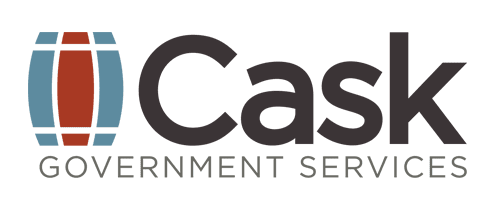With recent advances in technology and data-tracking capabilities, businesses are keeping tabs on more metrics than ever during their everyday operations. Keeping track of key performance indicators (KPIs) can play a pivotal role in helping organizations manage their funds, improve their marketing campaigns, and create new products to meet customer demands. Diving into KPIs can be intimidating at first, as there are dozens of types of KPIs an organization can possibly track, and not all of them provide helpful or meaningful information to every type of business.
If you’re interested in data tracking to transform your business, which KPIs should you start with? Here are three business transformation KPIs every organization should track:
1. Revenue Per Client or Member
Tracking revenue per client or member is perhaps one of the most simple KPIs to track, but it still gives business leaders valuable information. To calculate revenue per client or member, take your annual revenue divided by your number of clients. If, for example, your business generated $400,000 last year, and you had 400 clients, your revenue per client would be $1,000.
Once you have this figure you can take some time to think about how to either increase the revenue per client figure or increase the number of clients if you’re happy with where it’s at. Depending upon the industry, $1,000 could be a higher-than-average RPC, or it may be disappointingly low. Either way, you won’t know where you stand with revenue per client until you track this KPI and do basic calculations.
2. Profit Margin
Another important, yet simple, KPI is profit margin. After tracking all of your business’s expenses and sales, you will be able to calculate whether you have generated more revenue than operation costs, your business should be in pretty good shape. If, on the other hand, it costs your organization more money to run than it brings in, your negative profit margin might be a sign that it’s time to make some changes.
Many businesses start out with a negative profit margin for a few years, which is why it’s important to ensure that you have enough capital to work with before opening your doors. If your profit margin continues to be negative year after year, take a look at your revenue per client and see if there is any room to try to increase how much you make per client, and increase your efforts to drive a higher client retention rate.
3. Client Retention Rate
Many business owners have heard that it’s much cheaper to retain current clients than it is to recruit new ones. This is true for the vast majority of businesses, which is why it’s in your best interest to provide excellent products, services, and customer care. Like other KPIs, the average client retention rate varies depending upon your industry, but across industries, this metric usually sits around 20%.
Your goal should be to have an above-average client retention rate, and ultimately make your customers so enthusiastic about what you offer, that they actively promote your business to their friends, family members, and social media followers, per the Hubspot flywheel marketing model.
The first step toward increasing your client retention rate, however, is gathering the metrics and performing the calculations to know where you stand. From there, you can make appropriate changes and use creative marketing strategies to increase retention rates, and ultimately, profits.
In Conclusion
These are just three of the dozens of types of business transformation KPIs your organization can track, but they provide an excellent start for businesses who are just entering the data-tracking game. Businesses that do this type of work and make an effort to understand their organization’s numbers have a distinct advantage over those that don’t. If you need help with data-tracking, have questions about KPIs, or want to take your business to the next level, contact the professionals at Cask Government Services today.





